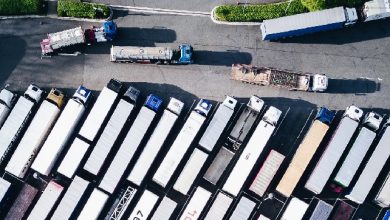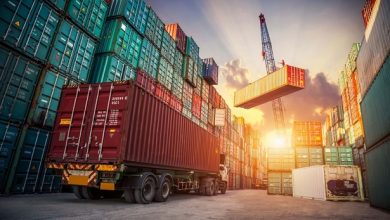Moovit: Telematics and data analytics redefine public transport and our relation with it
The adage that, you wait ages for a bus and then two come along at once, doesn’t hold true any longer. More likely, it goes that you wait for a bus and, when it’s not there, you check an app, find out where it is, why it’s late and probably find an alternative route. But that’s not quite as catchy.
Put simply, budget and population pressures, evolving city needs and technology change are reshaping the landscape for public transportation providers. Customers have become more discerning in recent years, increasingly expecting a variety of travel options as well as a better travel experience in general.

According to Transport for London, in the 10 years from 2000 to 2010 the distance travelled by private vehicles in London dropped by 6.7%, while the distance people travelled by public transport grew by 45% over the same period. That’s a lot of people using public transport in one city alone. It’s also generates a lot of data.
But this goes far beyond London. Public transport systems worldwide collect a huge volume of data every day. Buses and trains are tracked with GPS, door sensors count passengers and travel cards identify them. Additional information comes from ticket machines, fare validators, automatic vehicle monitoring systems while even more is gathered by asset management, scheduling systems and mobile applications.
Understandably, with this volume of data at their disposal, passengers expect good services and value for money from their public transport operators. They want to see them being innovative and progressive in order to meet their transport needs. And, in recent years, we’ve begun to see signs of that.
By collecting and analysing this data, transport providers are now able to garner valuable insights and plan accordingly. This means they can schedule improvement works appropriately, provide alternatives that adequately cater for the expected footfall and even inform other services and sectors, such as retailers, as to what the outcome might be. How this data is interpreted has become so advanced that public transport systems can now personalise information depending on how frequently people use a route, letting them know of planned delays that might affect their journey.
Even the vehicles are now designed and with telematics at their heart – with the sole purpose of interpreting information flow so so that the output makes peoples lives easier, better and quicker. Buses are fitted with digital screens informing people of the next stop, tube carriages tell us which side the doors will open and trains come fitted with wifi as standard. All of this information plays a key role in reducing city wide congestion and encouraging more people to use public transport.
On a practical side, using the existing asset base in an efficient way via technology is probably the most cost-effective way of making step changes that can drastically shape urban mobility. Fundamentally, IT systems are cheaper to deploy than hard infrastructure, such as new roads, bus services or rail tracks. This makes it preferable for councils and transport networks looking at how and where to invest their budgets to get the biggest bang for buck.
A decade or so ago, we may have felt this level of advancement was ground breaking. Less so now. Achieving consistently high performing public transport networks means going beyond the basics of reducing costs, increasing service quality and improving on-time performance. That has just become part of the everyday fabric of travel. Today, people want innovative approaches to improve flexibility and optimise capacity. This means engaging businesses more appropriate to the changing needs today’s consumers and cities.
One way in which we are seeing this is through the integration of smartphones. Only a few years ago, the only time phones were mentioned in relation to public transport was when somebody left one on a bus. Now they are as fundamental to travel as the wheels and rails with the growth in personalised apps providing real-time transport updates helping to alleviate some of the problems that still exist.
Unique to each individual, these apps are able to offer up real-time information about service alerts, like closed bus stops and train delays and congestion, both people and transport. They also allow users of public transport to communicate directly with each other to share information about things like accidents, road conditions or closures that are specific to their particular route, which in turn helps shape urban mobility and reduce congestion.
But what next? There is no single answer to the set of complex transportation problems that cities face and challenges still remain. Imagine a public transport system where buses modified routes to reflect where, when and how passengers would travel at any given time? Or never waiting on a platform for a late train? Or global paperless ticketing systems to help the environment.
The possibilities are as endless as they are exhilarating.



